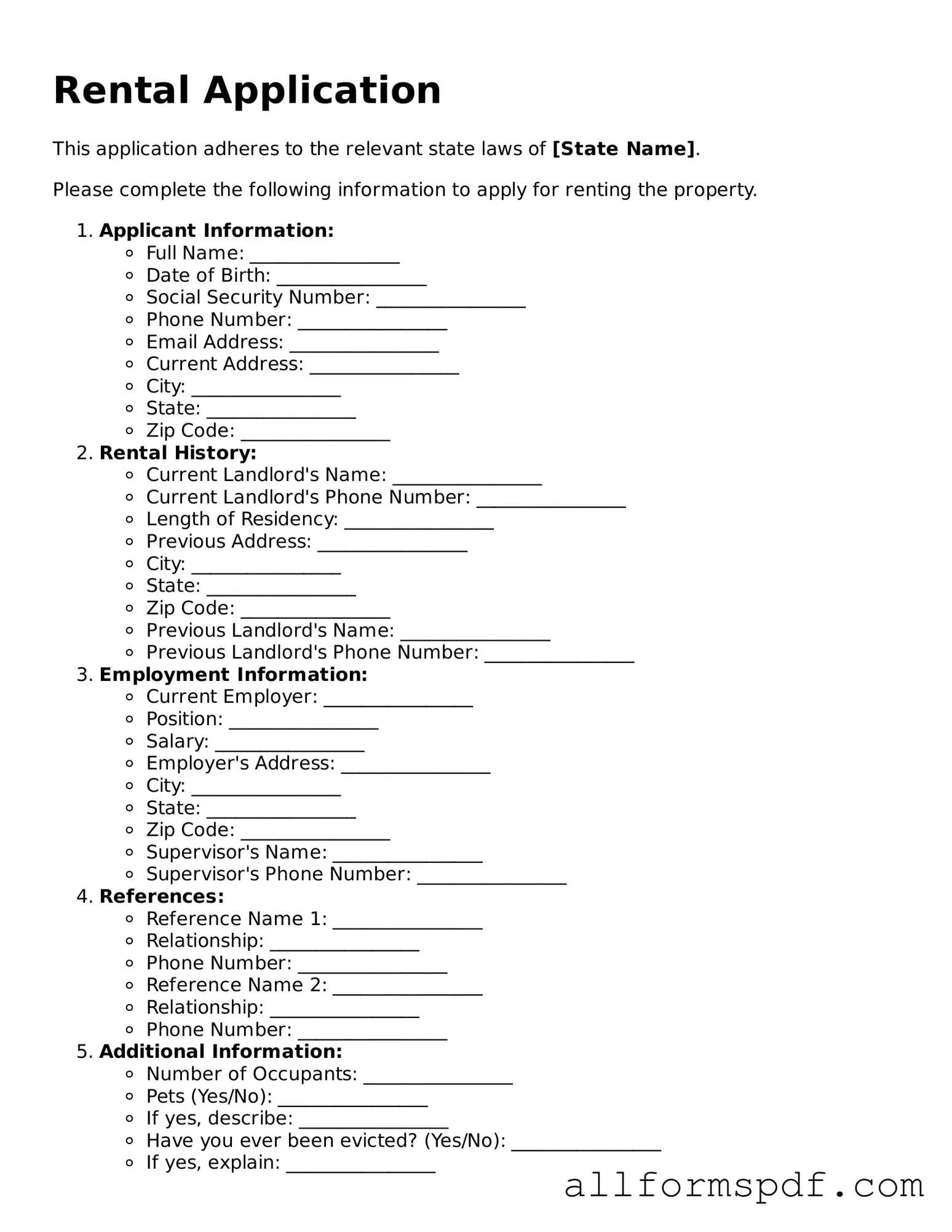Filling out a rental application can be a straightforward process, but many applicants make common mistakes that can hinder their chances of securing a lease. One significant error is providing incomplete information. Landlords and property managers rely on the application to assess potential tenants. Omitting details, such as previous addresses or employment history, can raise red flags and lead to automatic disqualification.
Another frequent mistake involves inaccuracies in the information provided. Misstating income or employment details can create distrust. It’s essential to ensure that all figures are accurate and reflect your current situation. Double-checking these entries can save applicants from potential issues down the line.
Some individuals fail to include necessary documentation with their application. Many landlords require proof of income, references, or identification. Not attaching these documents can delay the application process or result in rejection. Always read the application instructions carefully and ensure all required materials are included.
Additionally, many applicants neglect to follow up after submitting their application. A simple follow-up call or email can demonstrate enthusiasm and professionalism. It also provides an opportunity to clarify any questions the landlord may have regarding the application.
Lastly, failing to present a good rental history can be detrimental. Landlords often check references from previous landlords. If there were issues in the past, addressing them upfront can mitigate concerns. Being honest about any past challenges and explaining how they were resolved can positively influence a landlord’s decision.
